Do you struggle with sitting still? Movement can help students learn better, making flexible classroom seating essential. There’s a wide range of alternative seating options, such as wiggle seats, wobble stools, seat cushions, and ball chairs. How do you choose the right flexible seating option for your students?
The first step is to identify their learning needs. Does the child have ADHD or low muscle tone? Are they a sensory seeker or sensory avoider? If you’re not sure, consult with an occupational therapist or physical therapist for guidance.
Next, make sure that your classroom goals align with the student's sensory needs. For example, if the goal is stable seating and the child is a sensory seeker, then you may be fighting a losing battle. Perhaps a standing solution or wobble seat would be a better fit. Alternatively, if you want a ball chair for active classroom work and your students are sensory over-responders, they may experience an increase in anxiety as the unstable surface will make them feel gravitationally insecure.
A good rule of thumb is to evaluate the child and see if they gravitate towards their seat, the rug or a cushion. This will help you decide what type of flexible seating can work best for each student. Keep in mind that an under-responsive child might prefer a beanbag and a highly active student might like a bouncy chair, but those are not necessarily the best options to encourage their learning.
Keep reading to see how we’ve broken down the various options of alternative seating available!
Comfort
Using foam or soft pellets is a great way to create a comfortable seating choice. Foam tends to hug the bottom to the ground and can be a great tool for anxious learners. The soft pellets conform to the shape of your body so that it feels as though you are sinking into a soft cocoon. Beanbag chairs and pillow-like cushions are perfect for kids who like this feeling. The Tough and Textured Bean Bag Chair provides both a comfortable spot to sit and elastic loops in the pockets for fidgety fingers.
Move in Place
Seats that encourage fidgeting in place are wonderful ways to encourage alertness. Under-responsive learners and those with low muscle tone often benefit from the way the gentle movement encourages muscle contraction and a higher state of muscle awareness. Opt for a Floor Chair, which has a seat cushion and the ability to rock yourself.
Compression
Students with ADHD or sensory integration disorders may benefit from a seat that holds their body. A Squeezie Seat or Cozy Canoe offers a tight hug feeling for kids that sends soothing signals throughout their body. Alternatively, you can combine a cozy cushion with a lap pad for a makeshift compression seat.
Stability
Sometimes a plastic children’s chair can provide stability and muscle awareness. A firm surface, like a cube chair, can also be used for a more grounded effect. Even a hard seat can be flexible and provides security that some kids with developmental disabilities benefit from. For a softer, yet still supportive, option try the SensaSoft™ Cozy Chair.
Energize with Swings
Swings provides just the right amount of vestibular input to increase alertness. They allow for a change from sitting at a desk or in front of a computer and are a secure place for kids to calm and re-energize. Make sure that there is enough space in your classroom to hang a swing. If you can’t hang it from the ceiling, then a swing frame might work.
Just Remember…
Whichever seat you choose, remember to stand up periodically! Movement breaks help promote learning and increase blood flow throughout the body. For more help with flexible classroom seating email customercare@funandfunction.com. Download our popular Activity Guide with 10 Minute Strategies for more attention boosting ideas!
Check out our flexible seating collection.
This post was originally posted on 03/05/2018 by . It was updated for accuracy and comprehensiveness on 12/1/2021

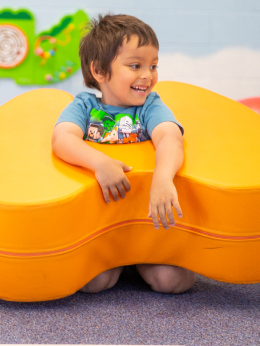


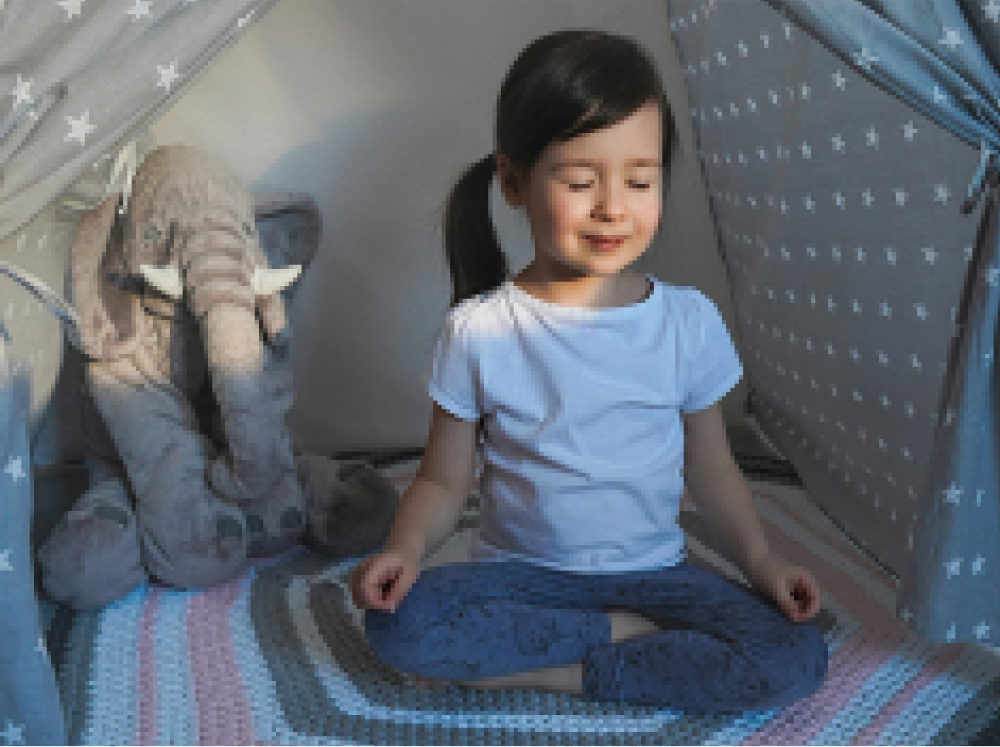
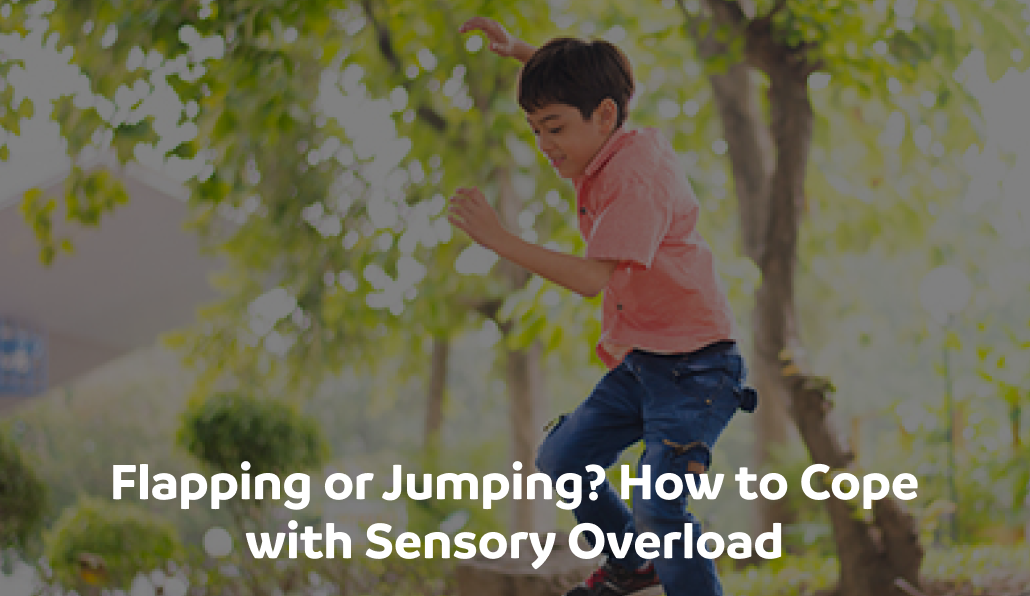
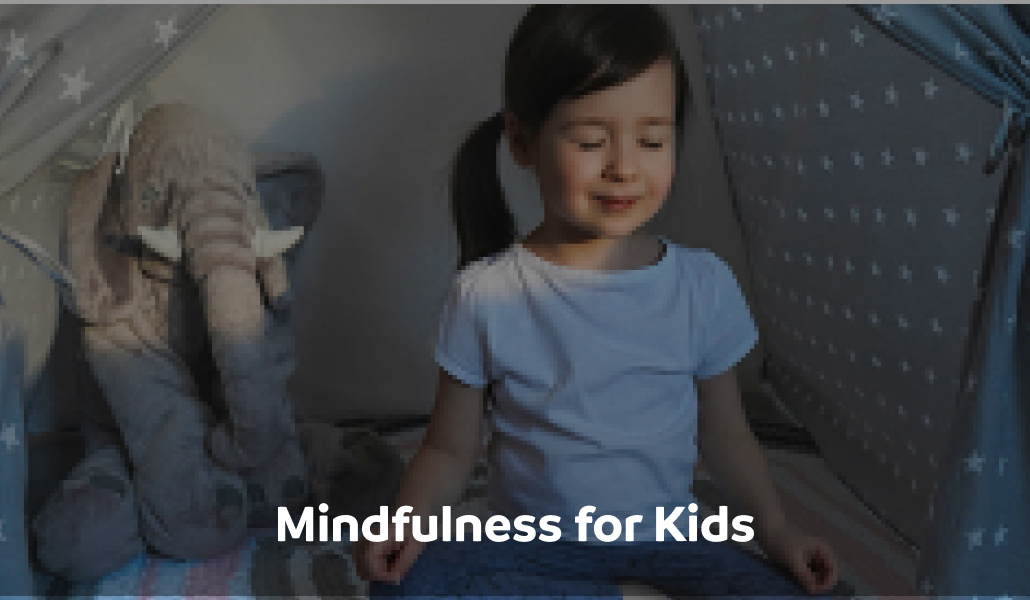
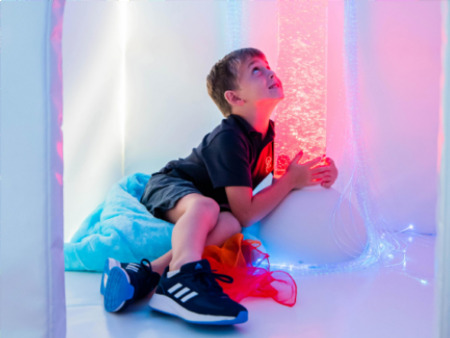
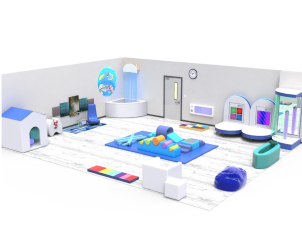
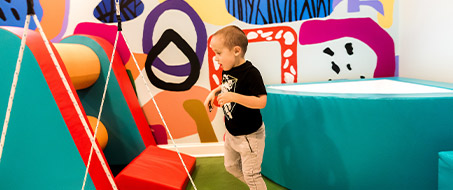
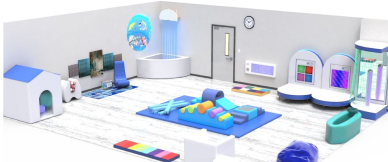
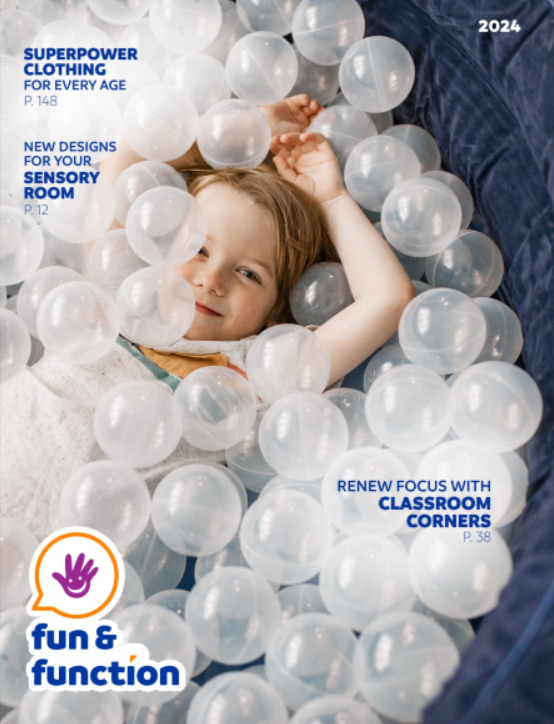
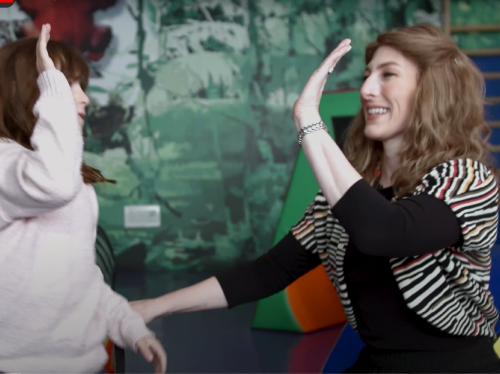
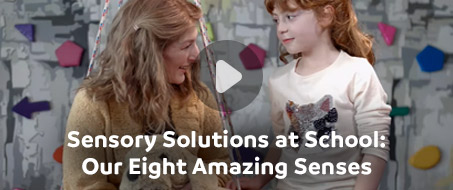
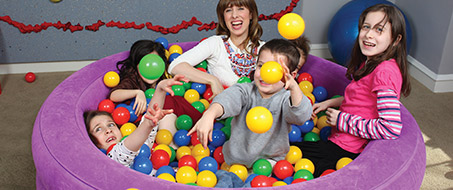

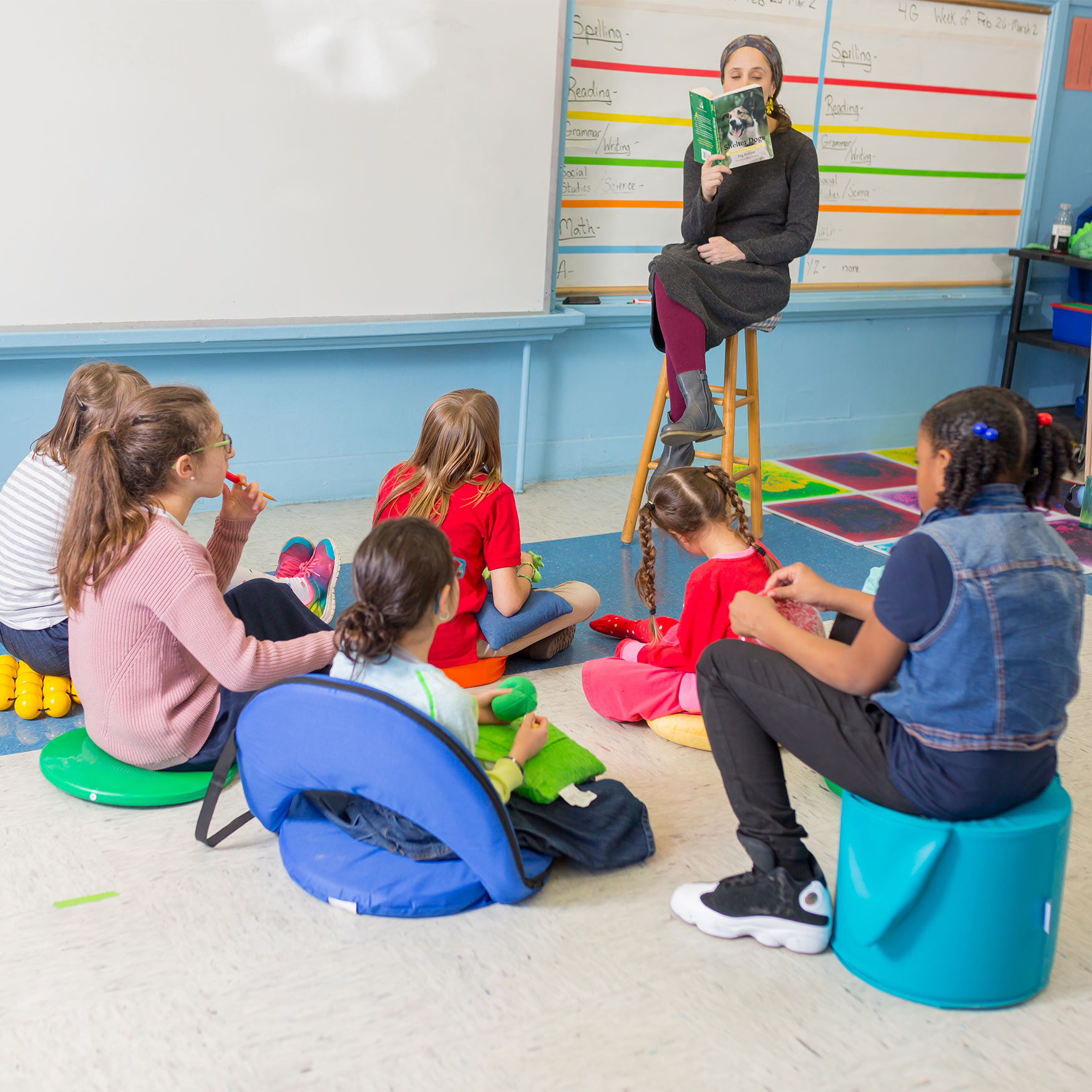


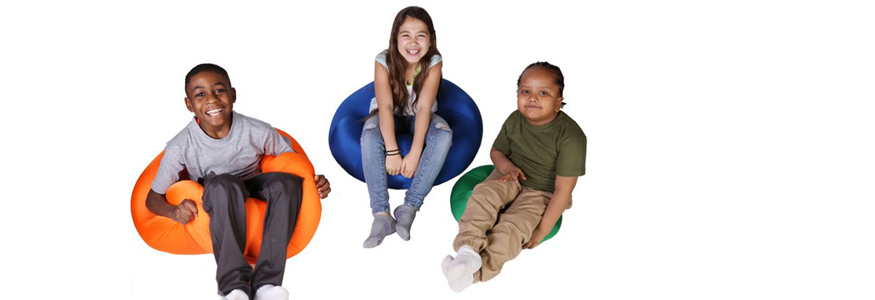


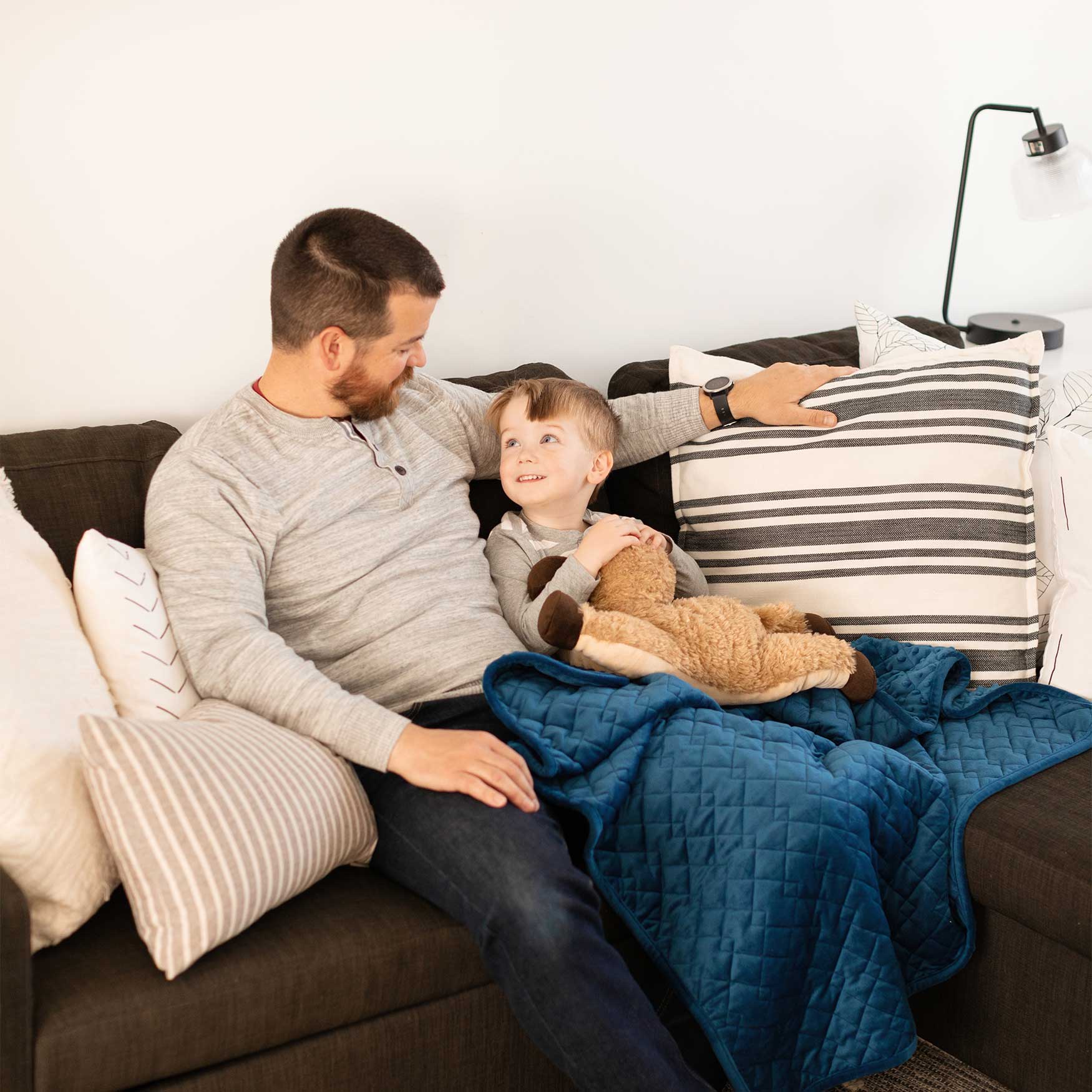

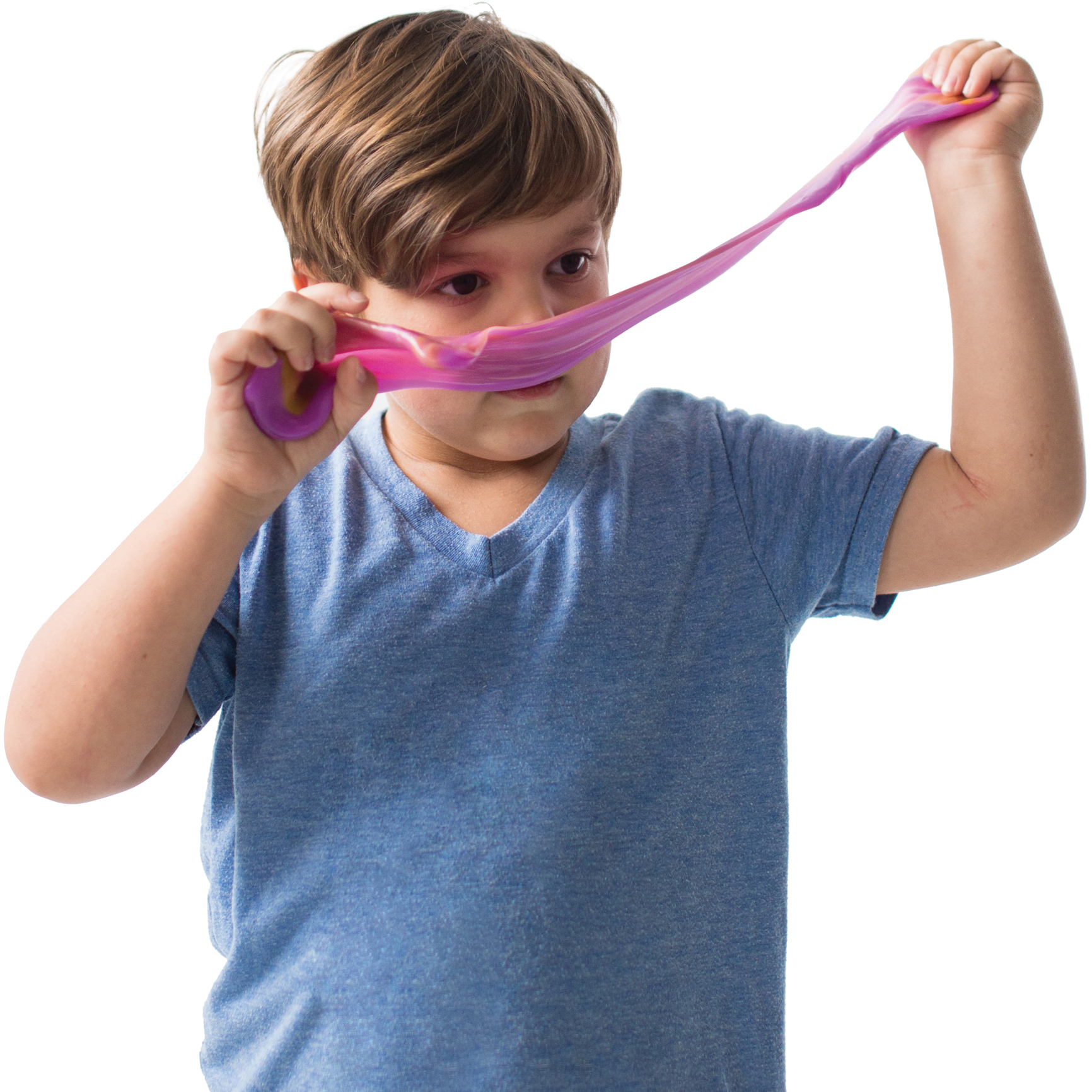

Comments